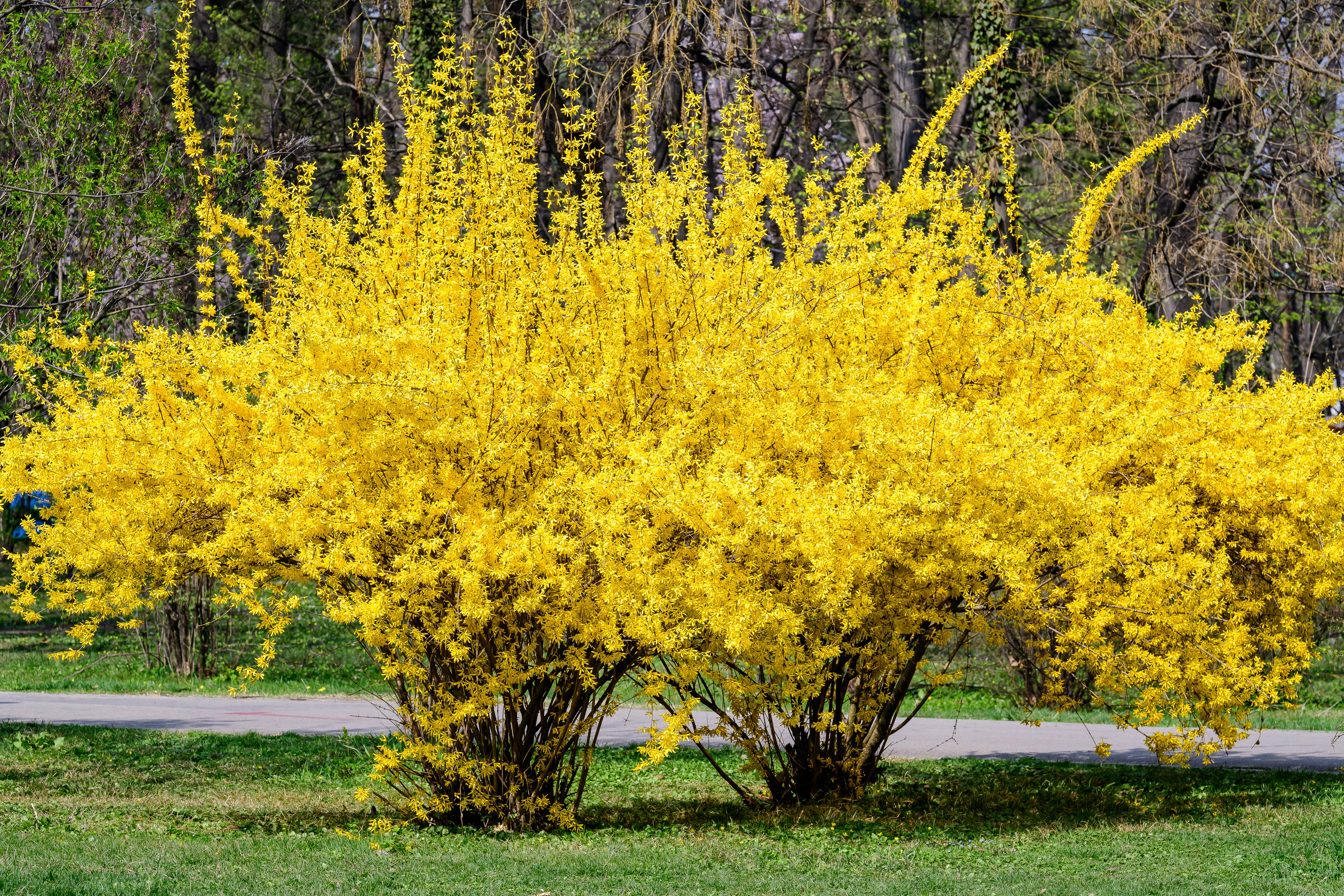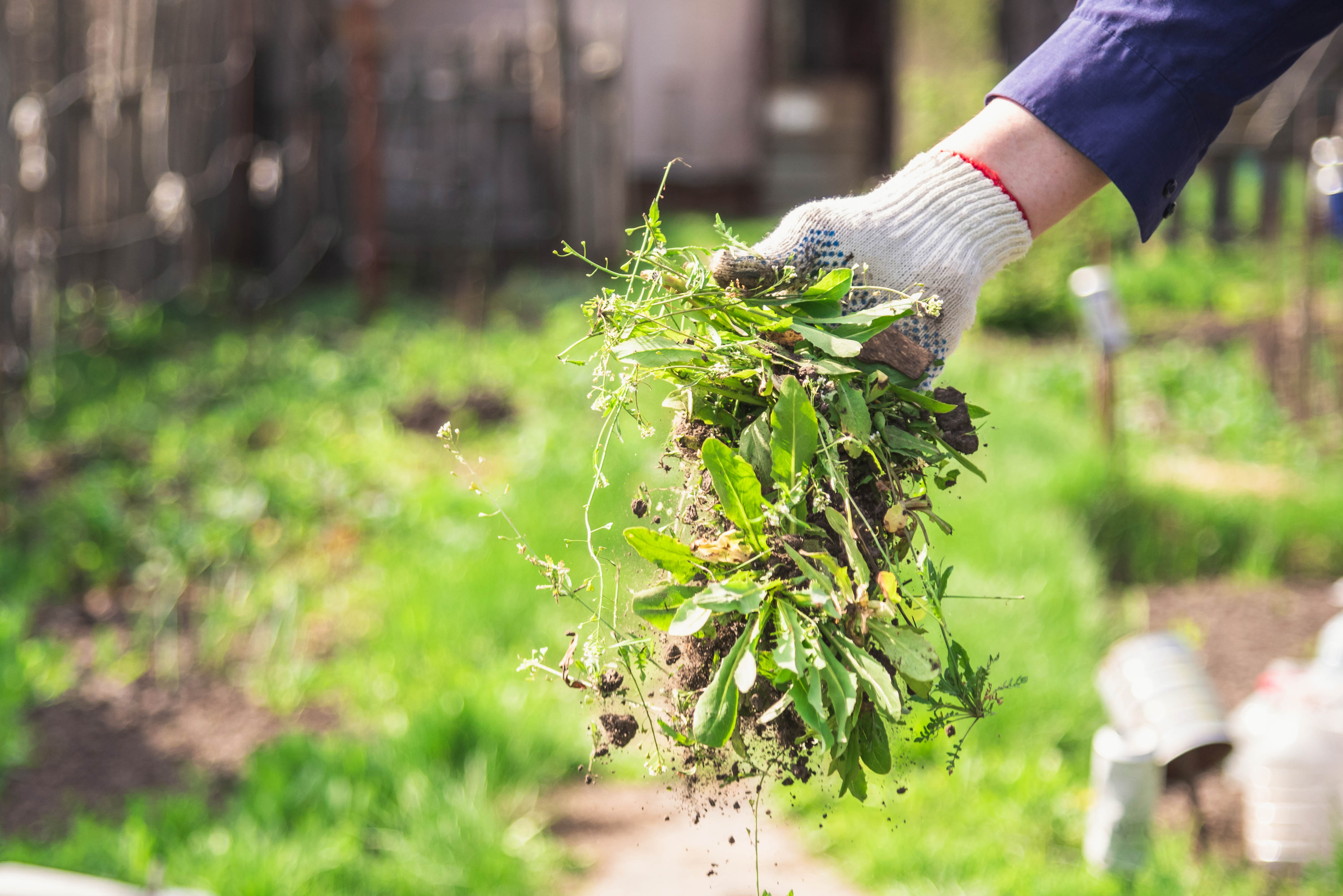A Weed Killer Is Not the Same as a Weed Preventer
How to make sure you’re using the right weed control product to achieve the results you want.
Spring is prime time to get the upper hand on weeds.
Many weed varieties sprout when daytime temperatures warm into the 50s. That window is your opportunity to limit the year’s outbreak by stopping new weeds before they get started.
Weed preventers such as Preen – combined with getting rid of existing weeds and mulching bare soil – make up a three-prong strategy to keep a lid on pesky weeds.
Here’s a springtime weed-control game plan for three key parts of the yard.
Step 1: Granular weed preventers don’t kill weeds but help by keeping more than 200 types of weeds from sprouting. That means the first step is getting rid of existing weeds – whether they’re new ones that sprouted over winter or perennial weeds that are regrowing from last year’s roots.
Pulling, hoeing, and/or digging is the most immediate, effective control. Just be sure to remove roots as well as the top growth.
Weeds in garden beds also can be killed with chemical herbicide sprays or with “organic” sprays containing acetic acid, citrus oil, citric acid, or clove oil. Read product labels for application tips and details on whether the product kills the weeds you have.
Step 2: Cover any soil that isn’t already plant-covered with a two- to three-inch layer of organic mulch, such as wood chips, bark, shredded hardwood, partially decomposed leaves, or pine needles. Weeds are opportunists that will quickly cover any bare soil.
Step 3: Apply Preen, which is best scattered over mulched beds around established plants, and then lightly watered in to activate the product. Preen bonds with the soil, creating an invisible weed-control barrier that stops weed seeds from rooting.
Preen can be applied around hundreds of garden plants. Check the label to make sure yours are on the list.
Preen comes in multiple versions, including the original Preen Garden Weed Preventer (prevents weed-sprouting for up to three months), Preen Extended Control Weed Preventer (prevents weeds for up to six months), and Preen Garden Weed Preventer Plus Plant Food (adds a fertilizer to prevent weeds and fertilize plants at the same time).
Another option is Preen Mulch with Extended Control Weed Preventer, which is a bagged wood mulch with the extended weed-preventer already mixed in.
Reapply Preen Weed Preventers once or twice more during the year according to label recommendations for season-long weed prevention.
A good indicator of when to apply Preen is when forsythia bushes are blooming. These yellow-flowered early-bloomers give a good indication that other plants – including weeds – are about to break dormancy.

Apply Preen when you start to see forsythia bushes begin to bloom.
Step 1: Same as in ornamental beds – eliminate existing weeds first. Hand-pulling and hoeing are best here, especially for those growing organic vegetable gardens.
Step 2: Cover bare soil in the vegetable garden with straw, compost, or decayed leaves. This will prevent sunlight from getting to the weeds, which is crucial to the germination and growth of weeds.
Step 3: Apply Preen Natural Vegetable Garden Weed Preventer around vegetable transplants and seeded plants once they’ve developed true leaves and grown to two to three inches. Don’t apply it to newly seeded beds so you don’t stop your vegetable seeds from growing.
Preen Natural Vegetable Garden Weed Preventer contains corn gluten meal and is ideally applied every four weeks for best weed control.
Step 1: In mid-spring, between the end of forsythia bloom and when dandelions are blooming, apply Preen Lawn Crabgrass Control. This granular product prevents crabgrass, kills young crabgrass plants, and controls more than 40 other common weeds in the lawn without harming turfgrass.
Another option is the three-in-one Preen One Lawncare, which kills some 250 broadleaf weeds, prevents crabgrass, and fertilizes the lawn in a single application.
Step 2: Breakthrough weeds in the lawn can be dug or spot-sprayed as needed throughout summer with a liquid broadleaf weed-killer formulated for use in lawns. These kill most broadleaf weeds without harming the grass.
Preen One Lawncare also can be applied a second time at the end of summer to kill persistent weeds, prevent fall-germinating weeds, and fertilize the lawn for fall.
